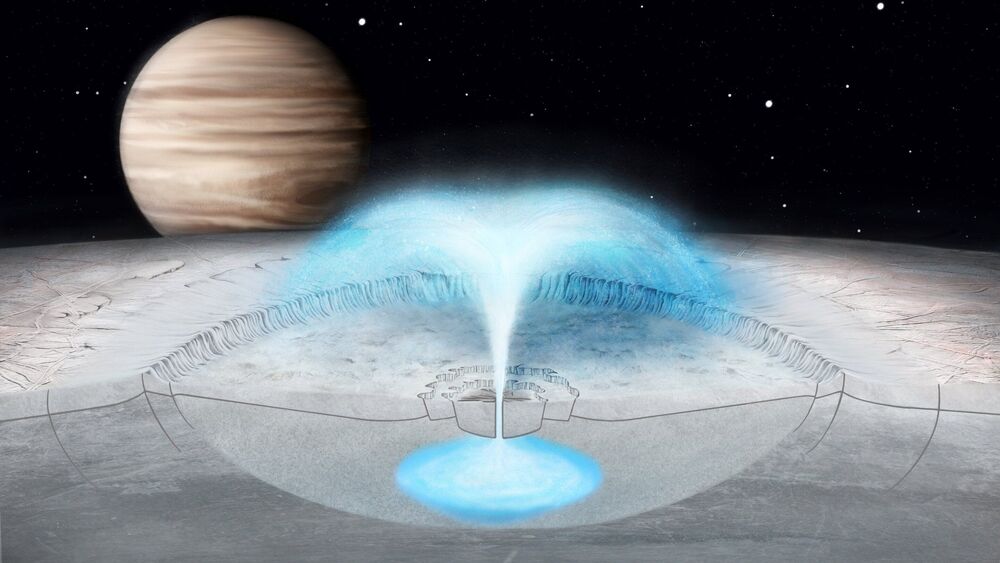Would you like to have this in your home?
They are maximizing natural light for your home. I think this would help anyone’s electricity bill.
The COVID-19 crisis has led to a significant increase in the use of cyberspace, enabling people to work together at distant places and interact with remote environments and individuals by embodying virtual avatars or real avatars such as robots. However, the limits of avatar embodiment are not clear. Furthermore, it is not clear how these embodiments affect the behaviors of humans.
Therefore, a research team comprising Takayoshi Hagiwara (graduate student) and Professor Michiteru Kitazaki from Toyohashi University of Technology; Dr. Ganesh Gowrishankar (senior researcher) from UM-CNRS LIRMM; Professor Maki Sugimoto from Keio University; and Professor Masahiko Inami from The University of Tokyo aimed to develop a novel collaboration method with a shared avatar, which can be controlled concurrently by two individuals in VR, and to investigate human motor behaviors as the avatar is controlled in VR.
Full body movements of two participants were monitored via a motion-capture system, and movements of the shared avatar were determined as the average of the movements of the two participants. Twenty participants (10 dyads) were asked to perform reaching movements with their right hand towards target cubes that were presented at various locations. Participants exhibited superior reaction times with the shared avatar than individual reaction times, and the avatar’s hand movements were straighter and less jerky than those of the participants. The participants exhibited a sense of agency and body ownership towards the shared avatar although they only formed a part of the shared avatar.
An artificial intelligence technique—machine learning—is helping accelerate the development of highly tunable materials known as metal-organic frameworks (MOFs) that have important applications in chemical separations, adsorption, catalysis, and sensing.
Utilizing data about the properties of more than 200 existing MOFs, the machine learning platform was trained to help guide the development of new materials by predicting an often-essential property: water stability. Using guidance from the model, researchers can avoid the time-consuming task of synthesizing and then experimentally testing new candidate MOFs for their aqueous stability. Already, researchers are expanding the model to predict other important MOF properties.
Supported by the Office of Science’s Basic Energy Sciences program within the U.S. Department of Energy (DOE), the research was reported Nov. 9 in the journal Nature Machine Intelligence. The research was conducted in the Center for Understanding and Control of Acid Gas-Induced Evolution of Materials for Energy (UNCAGE-ME), a DOE Energy Frontier Research Center located at the Georgia Institute of Technology.
Summary: YTHDF2 is a key protein that assists in creating healthy blood cells by regulating the body’s inflammatory response.
Source: University of Edinburgh
The study is the first to reveal a protein that has a crucial role in protecting the blood’s stem cells, which continually produce all blood and immune cells needed in the body, from premature aging.
A cryptographic master tool called indistinguishability obfuscation has for years seemed too good to be true. Three researchers have figured out that it can work.
On Jupiter’s icy moon Europa, powerful eruptions may spew into space, raising questions among hopeful astrobiologists on Earth: What would blast out from miles-high plumes? Could they contain signs of extraterrestrial life? And where in Europa would they originate? A new explanation now points to a source closer to the frozen surface than might be expected.
Rather than originating from deep within Europa’s oceans, some eruptions may originate from water pockets embedded in the icy shell itself, according to new evidence from researchers at Stanford University, the University of Arizona, the University of Texas and NASA’s Jet Propulsion Laboratory.
Using images collected by the NASA spacecraft Galileo, the researchers developed a model to explain how a combination of freezing and pressurization could lead to a cryovolcanic eruption, or a burst of water. The results, published Nov. 10 in Geophysical Research Letters, have implications for the habitability of Europa’s underlying ocean—and may explain eruptions on other icy bodies in the solar system.
The ocean is home to more than 700,000 miles of submarine cables that carry the internet worldwide. This crucial infrastructure is at the center of a development race between the big tech companies amidst geopolitical rivalries between the world’s most powerful nations. CNBC’s Tom Chitty explains.
–
Like our Facebook page:
https://www.facebook.com/cnbcinternational
Follow us on Instagram:
A unique type of modular self-reconfiguring robotic system has been unveiled. The term is a mouthful, but it basically refers to a robotic enterprise that can construct itself out of modules that connect to one another to achieve a certain task.
There has been great interest in such machines, also referred to as MSRRs, in recent years. One recent project called simply Space Engine can construct its own physical space environment to meet living, work and recreational needs. It accomplishes those tasks by generating its own kinetic forces to move and shape such spaces. It does this through adding and removing electromagnets to shift and construct modules into optimum room shapes.
MSRRs nevertheless face some constraints. They require gender-opposite components, which is limiting in some circumstances, and the modules must coordinate trajectories to efficiently connect components during self-assembly operations. Those tasks are time consuming and the success rates for connections between modules haven’t consistently been high.








